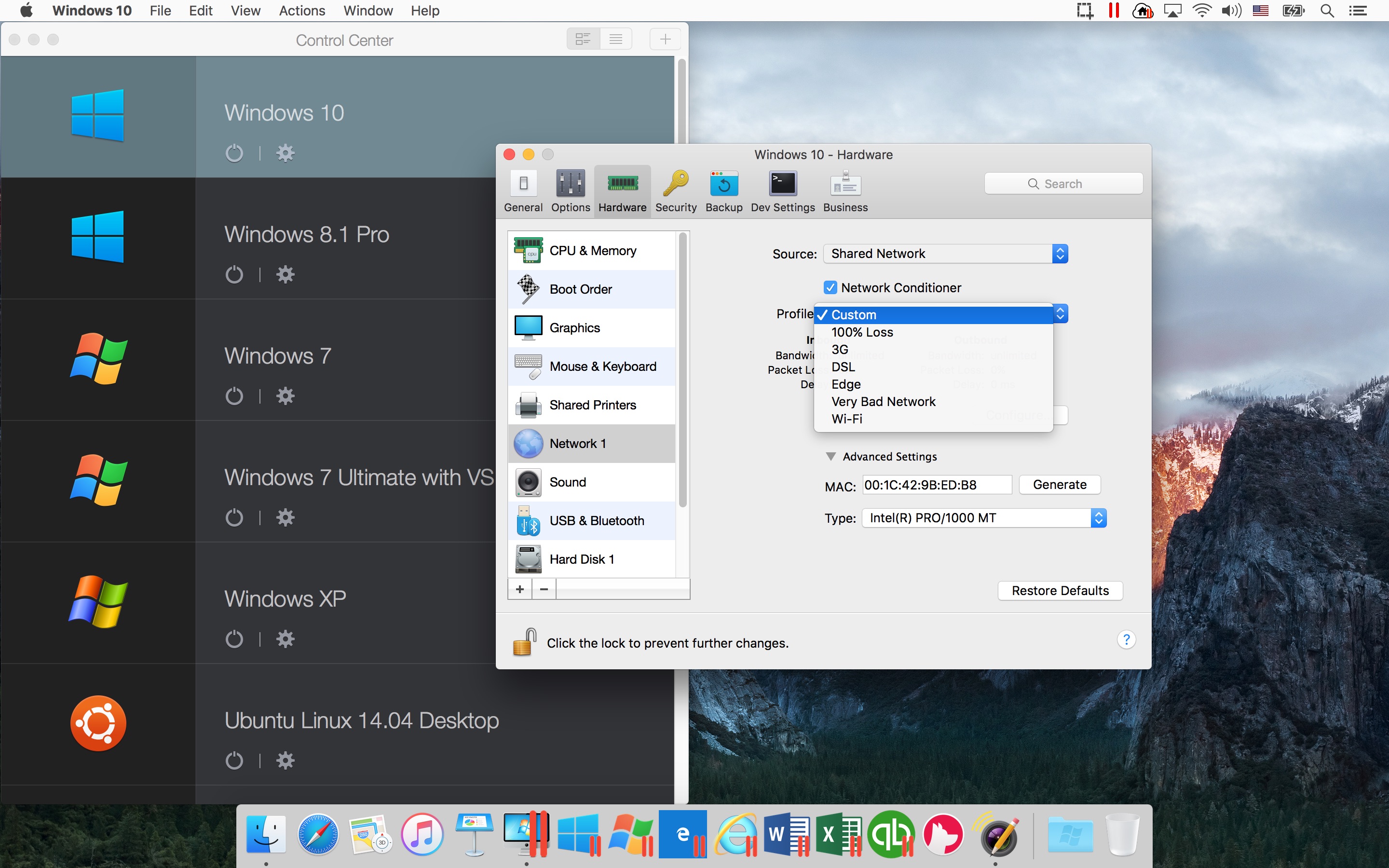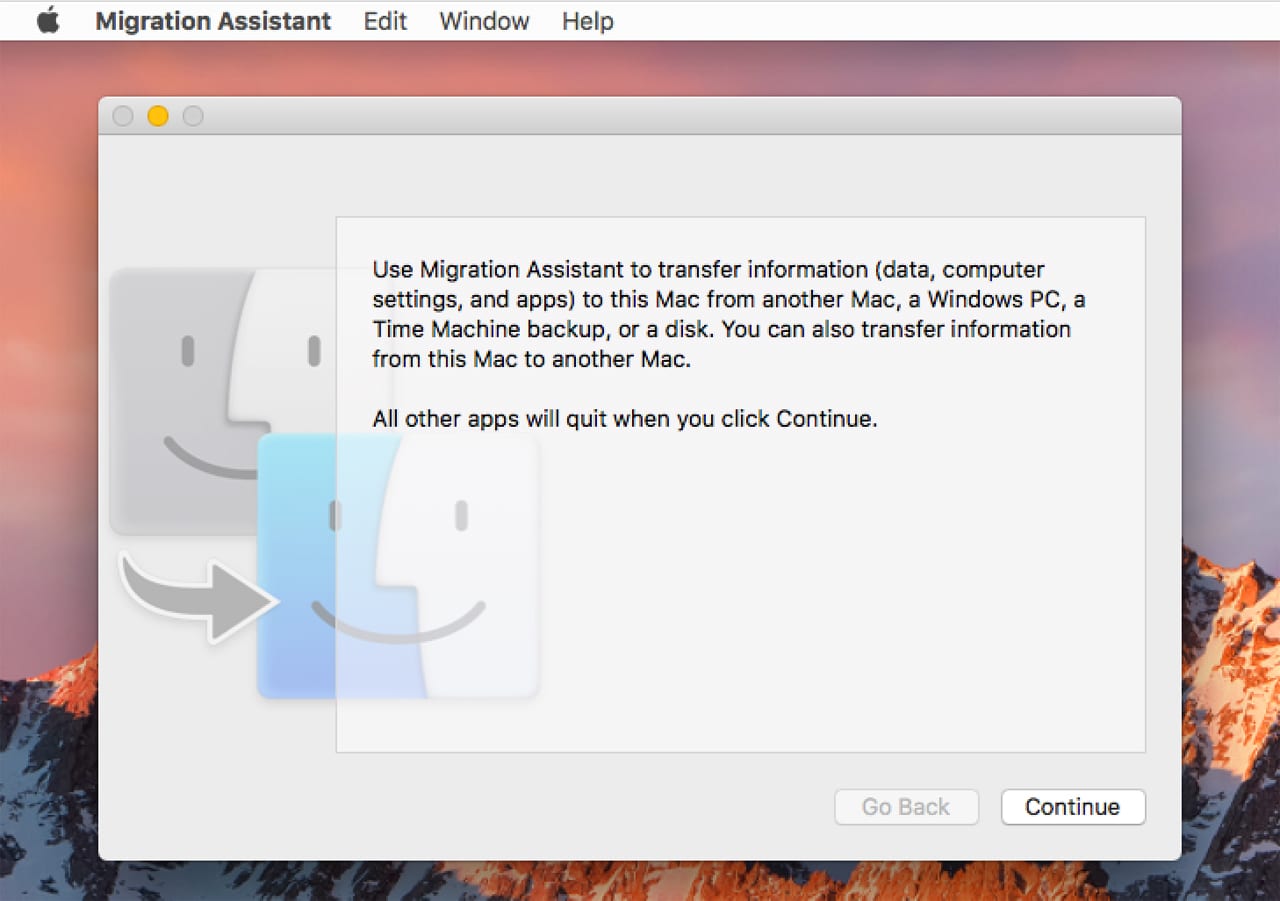Today's Best Tech Deals
Picked by Macworld's Editors
Parallels Desktop 14 Crack With Activation Key [Mac + Windows] Parallel Desktop 14 Crack is actually among the very best VM software program. It tackles Mac OS X computer with very affordable specs.
Top Deals On Great Products
- Disconnect; The next. No thanks 1 month free. Find out why Close. How to fix network adapter problem on parallels desktop Mac. Share/Drag & Drop Files and Folders with Parallels Desktop (Mac.
- * Connect/disconnect USB devices schema improved - no more annoying wait 5-10 seconds message on USB device connecting to Parallels Desktop for Mac! * Up to 5 Virtual NICs - now each Virtual Machine can have up to five virtual network interfaces.
Picked by Techconnect's Editors
Parallels Access 3.1
The ability to remotely access desktop computers on mobile devices feels futuristic every time I do it, but that captivation wears off right around the time I have to pinch and zoom to see what’s on screen or attempt to get any real work done from a remote system.
Luckily, there’s Parallels Access. Parallels Access addresses these problems by allowing iOS and Android devices to not just access, but actually use Mac and Windows computers from anywhere there’s an internet connection. Rather than replicate the computer’s display like other virtual network computing (VNC) apps do, Parallels Access adapts larger screens to smartphones, tablets, or web browsers.
Making the connection
Unlike traditional VNC apps, which typically cram entire desktop screens onto mobile devices, Parallels Access intelligently adapts for smaller displays one window at a time. The agent software can be installed on up to five computers, and a single user account can access those systems from an unlimited number of iOS or Android devices for $20 per year (also included free with Parallels Desktop for Mac).
Parallels Access doesn’t just mirror your remote computer display—you’re instead presented with the App Launcher, which allows you to launch desktop apps in a way that’s similar to OS X’s Launchpad. Rather than clutter up the screen with rows of unwanted icons, you can select up to 24 favorite applications per screen from your remote system.
To launch a remote application, simply tap its icon. The desktop agent will optimize the Mac’s window to match the resolution of the device it’s being viewing from—your iOS device, presumably—and then moves desktop windows right back into place once disconnected. It’s easy to move between multiple windows or open applications from the App Switcher, but if you prefer to mirror the entire desktop screen like other VNC apps, this can be done via Settings > Desktop Mode.
Both viewing modes offer smart magnification when making a selection for precise control during text selection, drag-and-drop, or using the on-screen cursor. With the latest update, you can now move the cursor while using iOS 9’s new trackpad mode from the on-screen keyboard.
Manage files
Parallels Access also includes a full-fledged File Manager, which allows you to browse, copy, move, or delete files on remote computers. This comes in particularly handy for moving files created on an iOS device to a connected Mac or Windows PC, or vice versa.
File Manager also taps directly into cloud storage services like Dropbox, Google Drive, and OneDrive, which can be used to copy or move files between local device storage and remote volumes. While connected to one computer, you can also access files from others on the same account, rather than disconnecting and reconnecting.
The exhaustive feature list doesn’t end there—while connected, Access can take advantage of the iOS microphone, and play audio from remote computers. If you don’t have a smartphone or tablet handy, you can connect from a modern web browser instead, although this method is not nearly as fluid as the mobile app.
After picking up the 12.9-inch iPad Pro when it launched last November, I couldn’t wait to use it with Parallels Access. There was just one problem: While the existing app worked just fine, the developers hadn’t yet updated it for the more expansive display. Five months later, that support is finally here, and it was well worth the wait.
Mac Disconnects From Wifi
Pro resolution at last
Parallels Access 3.1 isn’t a revolutionary update, but adds a number of convenient improvements. In addition to screen resolution and virtual keyboard support for small and large iPad Pro models, iPhone 6s owners can now use 3D Touch for drag-and-drop or to access contextual menus; Quick Action shortcuts from the home screen are absent, however.
Mac Disconnects From Server
The update also introduces Apple Pencil support, which is an ideal companion for Parallels Access. Instead of relying on smart magnification to maneuver tiny on-screen buttons, you can now tap with exceptional accuracy. Other nice touches are the ability to consolidate icons into folders on the App Launcher (although they don’t yet sync between devices), and support for Windows 10 tablet mode, which turns the iPad into a faux Microsoft Surface.

The biggest 3.1 news is Desktop Resolution control. You can now select from three display options on the fly—Best for iPad, More Space, or Same as Computer—for more comfortable viewing. This feature works great with Apple Mail, Microsoft Excel, or just about any application that could benefit from a little more breathing room.
Disconnect Network Connection Windows 10
However, Desktop Resolution failed to work with my typical setup using a mid-2012 MacBook Pro with Retina Display connected to a 27-inch Thunderbolt Display. It works fine with the larger display unplugged, although the second and third resolution options are effectively the same. The desktop agent no longer supports OS X Lion 10.7, so this feature was also a no-show on my mid-2007 Mac mini, although remote access itself continues to work just fine.
Bottom line
With support for the latest iOS hardware including Apple Pencil, Parallels Access 3.1 continues to be the absolute best way to use desktop applications from a mobile device.

Parallels Access 3.1
Parallels Access offers fast, optimized remote access to Mac and Windows computers from any iPhone, iPad, or iPod touch tailored expressly for mobile devices.
Pros
- Native support for iPad Pro, 3D Touch on iPhone 6s
- Desktop Resolution setting
- Apple Pencil support
Cons
- Desktop Resolution bug on MacBook Pro connected via Thunderbolt Display
- Folders don’t sync between devices
- No 3D Touch Quick Action on iPhone 6s
- Desktop agent drops support for OS X Lion 10.7
I need to test out some Web site programming on a Linux system and have determined that the Ubuntu distribution is ideal. My question: what’s the best, easiest way to install Ubuntu Linux on my Mac system so I can run all my tests?
There are a number of different ways to install Ubuntu Linux on your Mac system, but one of my favorites, hands down, is to install it within the Parallels Desktop environment. Why? Because it’s literally a one-click download to get it up and running. Now I realize that Parallels Desktop, like VMWare Fusion, is a commercial Mac application and has a price tag associated with it, but it sounds like this is related to your work and, well, sometimes you have to pay for your tools, right? The again, it’s not that expensive at $79.
From a testing perspective, the Ubuntu Linux environment within Parallels is functionally identical to running the operating system native on a PC computer, which is nice. It’s just neatly tucked into the Mac OS X environment and — a nice bonus — can run full screen giving you the distinct impression that your Mac is only running Linux, which is bound to impress your geeky friends!
Once you’ve installed Parallels Desktop on your computer, simply launch the program and you’ll be given a variety of options for proceeding:

The option you seek is on the lower left: “Download Ubuntu Free”. That’s really all you need to do, it’s going to do everything else in a surprisingly automated fashion. Still, let’s keep stepping through the process.
First off, is this really what you want? Here’s the description, along with an indication that it’s the Linux 11.04 Desktop distro release of Ubuntu that’s available:
Looks good? Click on the button to continue and it’ll start downloading a ready-to-roll Parallels installation image of he operating system:
As you can see, it’s about 1.2GB so if you’re on a dialup (is anyone still on a dialup?) it’s going to take a while. With a decent connection, however, it’s not too long to wait and you can always switch to a different window and do something else while you wait.
Once it has downloaded, the installation will be uncompressed…
Literally the next step after it uncompresses and installs is that Parallels Desktop launches the new image and you’ve got Ubuntu running!
Note the warning on the bottom, though: “Parallels Tools are outdated. Please reinstall them manually.” Not hard to do but before we update these important display and network drivers, let’s just log in! Click on “parallels” and don’t worry, you don’t need to know the password to proceed…
Pick an easily remembered password and click the orange “Login” button.
You’re up and running. Nice! This particular release of Ubuntu Linux goes by the rather odd name of “Oneiric Ocelot”, which, Google assures me, has the following explanation: “Oneiric means “dreamy,” and the ocelot is a domestic-sized cat native to South and Central America.”
Now you know. 🙂
Let’s fix that out of date tools issue before you’re done, just so you can see that it’s similarly easy in Parallels Desktop.
Along the bottom of the window, you’ll notice that the gear icon has a small black triangle adjacent. Click on it and you’ll see all the configuration options appear:
The one we want is the gear within a gear: it’s displayed with a tiny blue element to highlight that your attention is needed. Click on it:
To update the Parallels Tools within the Ubuntu Linux environment in Parallels Desktop, simply click on the ingeniously named “Update Parallels Tools”. That’s it.
When you’re ready to go full-screen and hide the Mac OS X menu bar, you can either click on the diagonal up/down arrows on the very top right of the window, or pull down the window options menu on the lower right, where two overlapping windows icons are displayed. Either way, I think you’ll be surprised and pleased at the performance and ease of working within the Ubuntu environment for your testing while still having the best of the Mac OS X world accessible with a mouseclick.